In the fourth of six columns Brett St. Clair explores how to dress and what packs to use for backcountry skiing.
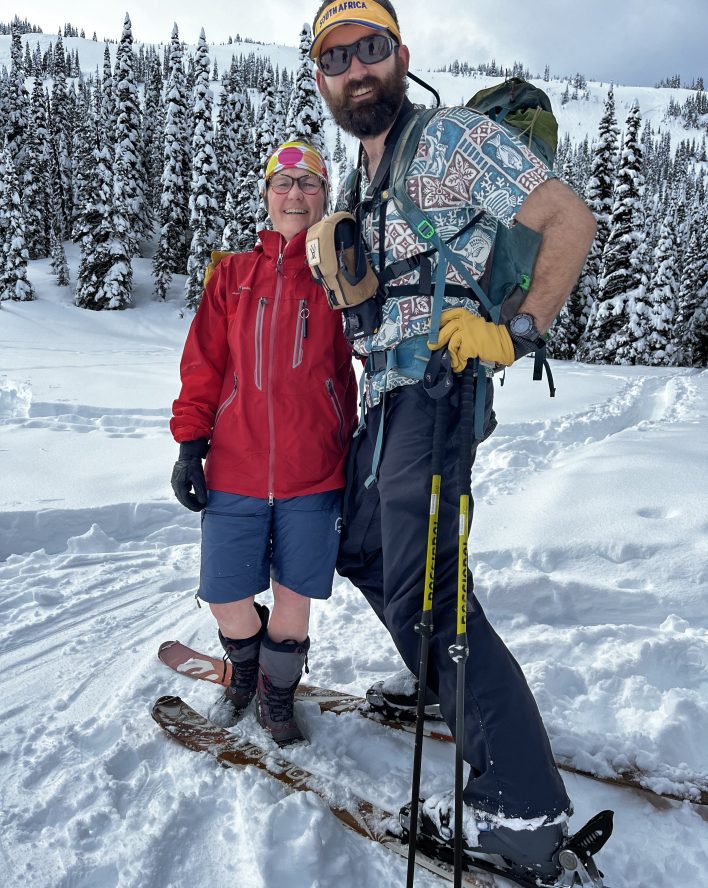
Getting Dressed
As mentioned previously, the layering system for ski touring clothing runs a bit lighter than for alpine skiing or riding.
Typically, your first layer is synthetic or wool underwear and thin wool ski socks followed by a thin set of wool baselayers. Merino wool doesn’t last as long as synthetic materials, but you can wear it for a week straight, and it won’t stink.
Your next bottom layer is ski pants. Unlike alpine-style pants you do not want any insulation, but instead just a hard or softshell pant with zippered vents for dumping heat.
Depending on conditions, a midlayer—a thin, breathable, weather-resistant layer—is a great second layer. In some conditions, a wind or sun hoody can suffice. Follow that with a more substantial single-layer, hooded hardshell jacket or a thin softshell with pit zips. Unless it is really cold when you leave the parking lot, you should be good to go in this set up. You might be chilly in the parking lot, but as soon as you get moving on the skintrack, you’ll heat right up—or as some people say, “be bold, start cold.” Make sure to have a puffy jacket stored in your pack for extra layering.
On the skintrack, shed your shell jacket if you get too warm. Having the little wind shell underneath provides just the right amount of protection and warmth over your baselayer top and any shedding snow from trees.
When you top out and begin your transition, pull your puffy jacket out of your pack and zip it over your midlayer and shell. Depending on the temperature and how hot/cold you run, you may opt to ski in your puffy.
What’s different about the top of this layering system is that typically you wear your puffy underneath your hard shell jacket—which is the mental model you’d bring in from alpine skiing or hiking. The problem with that for ski touring is that the thicker puffy layer is the one you’ll spend the least amount of time wearing during your day because it’s too warm when you are moving uphill. You’ll mostly use it when you are standing still. The thin hard shell jacket is generally more appropriate on the move. So you can save time and be more efficient by flipping these layers.
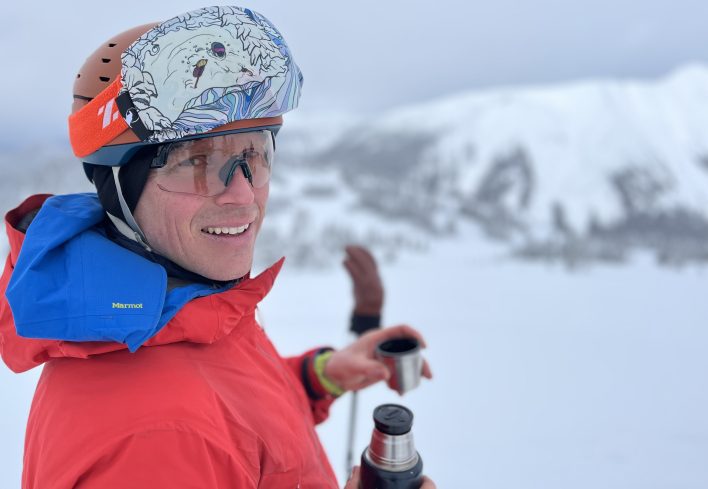
Other useful clothing items include packing a warm pair of mittens in addition to your gloves, and a big, compressible ace-in-the-hole down jacket for really cold weather, or in case of an injury which requires you to spend the night in the backcountry.
Outdoor clothing, in particular the ubiquitous puffy jacket, is popular as trendy street wear in the heart of civilization. What is apparently not as trendy is the hood, which is a must-have for all functional outdoor jackets. So that’s why outdoor companies typically offer their jackets in models with or without a hood.
While the old myth about 45% of your body heat being lost through the head isn’t true, the old saying “if your feet are cold, put on a hat” is. You can pick an experienced ski guide or backcountry skier out from 20 feet away by the number of hoods sticking out from around their neck when they are all layered up. A hood is the easiest hat to flip on or off to control your temperature and you can’t lose it.
Buying a new jacket? You want the hood. No hood. No good.
Packs
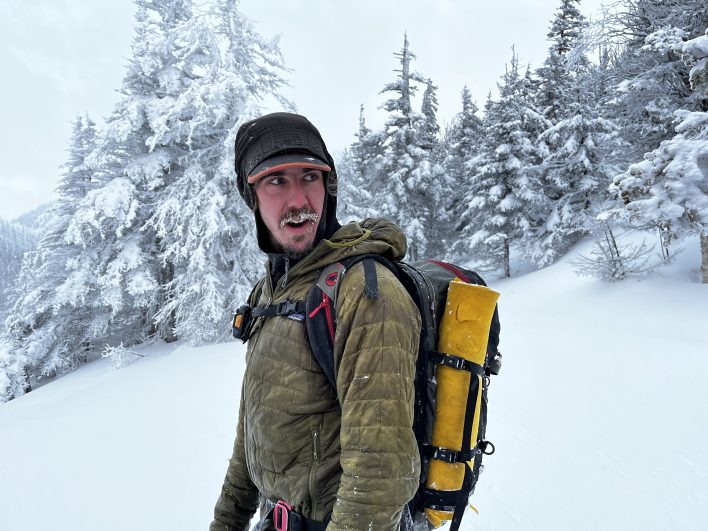
Your pack should be big enough to hold all of your gear including clothing, lunch, shovel, probe and water bottle. Some folks like to fit a first aid kit in, too. Overall, it’s better to have a pack that’s a bit too big than too small. Many ski-specific packs marketed today are in the 30-liter range. Generally, a 35-40 liter pack is the sweet spot for a do-everything option, but many folks tour with smaller, lighter day packs as well.
Do not strap your shovel and probe to the outside of your pack. You can lose them if you fall. You need a big-enough pack to stow them inside. Most ski-specific packs have pockets designed for this.
If you ski with a helmet, you’ll need a helmet carry attachment to strap it securely to the outside so it isn’t swinging back and forth on the uptrack. Ski-specific packs should include these, but they can also be sold individually and attached to any small loops on the outer panel of a pack.
Airbags
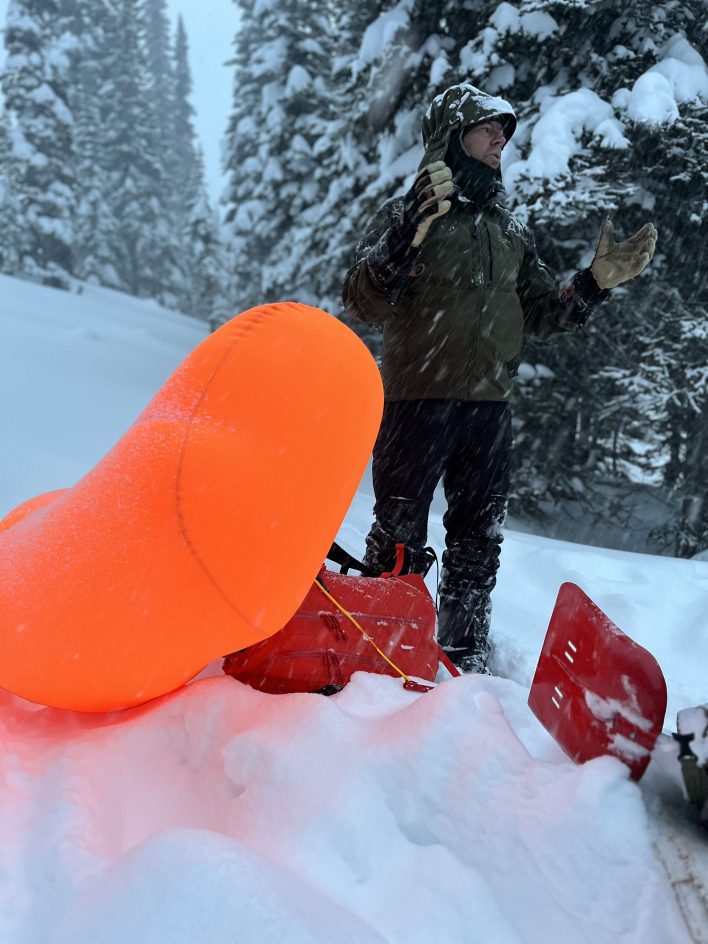
Avalanche airbag packs have been on the market since the mid-1980s but have not been widely adopted due to their weight and cost. Technology is improving rapidly, however, and weight is decreasing.
If you purchase one, it is important to consider whether you plan to fly with it or not. If it inflates via a compressed air cylinder, airline regulations require the gas canister to be discharged in order to take it with you on your flight, which means you have to be able to get it charged where you are going—and then discharge it to get home. Most newer systems use rechargeable electric fans or sealed cartridges to avoid this issue.
Airbag packs do not prevent avalanches or make you or your party fully immune to the effects of one. Even if you decide to buy an airbag pack, it’s not a replacement for proper education.
Safety gear like your transceiver, shovel and probe are a crucial part of your backcountry kit. Those are covered in the previous column.
For apparel and pack recommendations, see the 2026 Gear Guide apparel section and our pack reviews, published in Issue 164, which goes on sale in late October.
Brett St. Clair, who with Craig Evanoff is the author of Tips for Beginning Backcountry Skiers, can be reached for questions or comments at brett@wskyline.com. If you’re an experienced backcountry skier but know someone who’s new to the sport and might find these tips useful, why not share this with them?


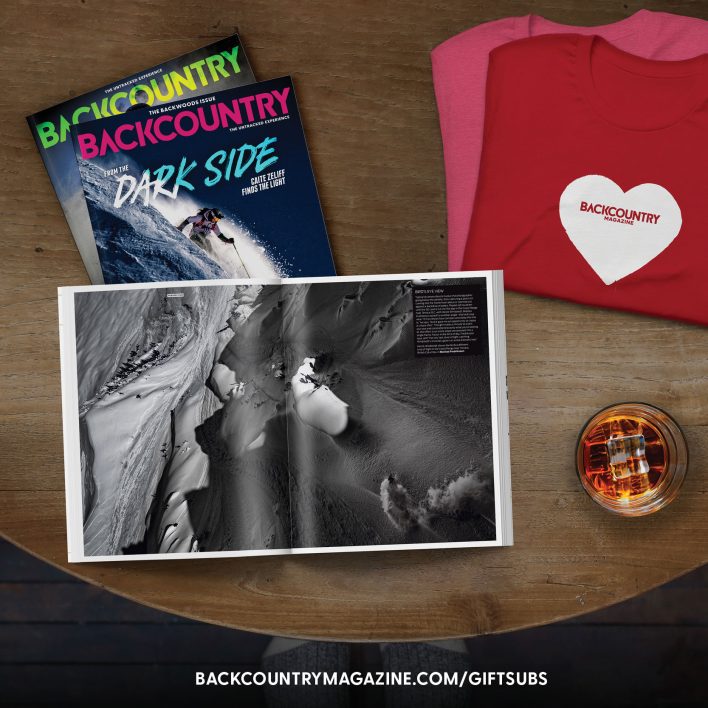
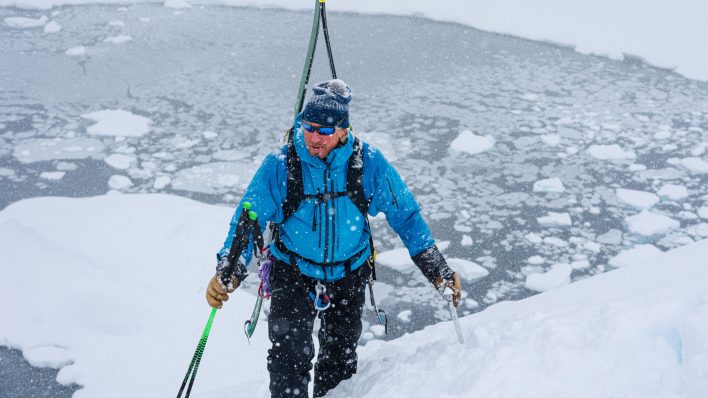
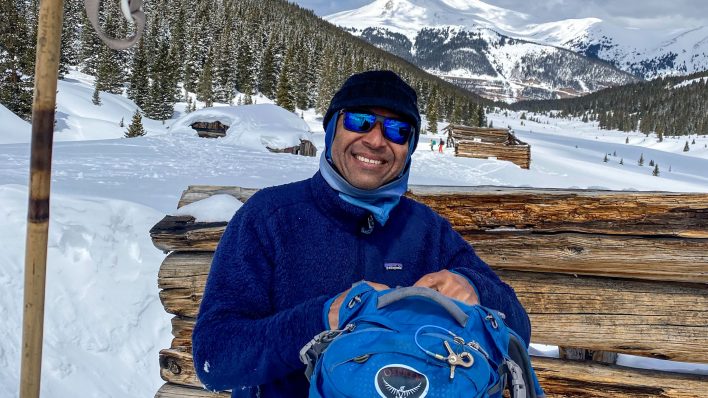
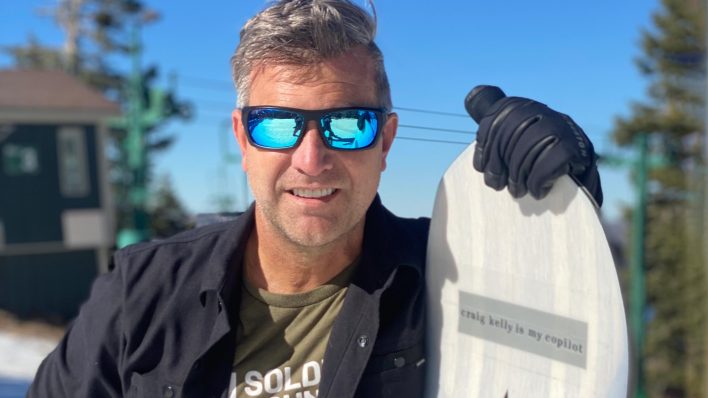
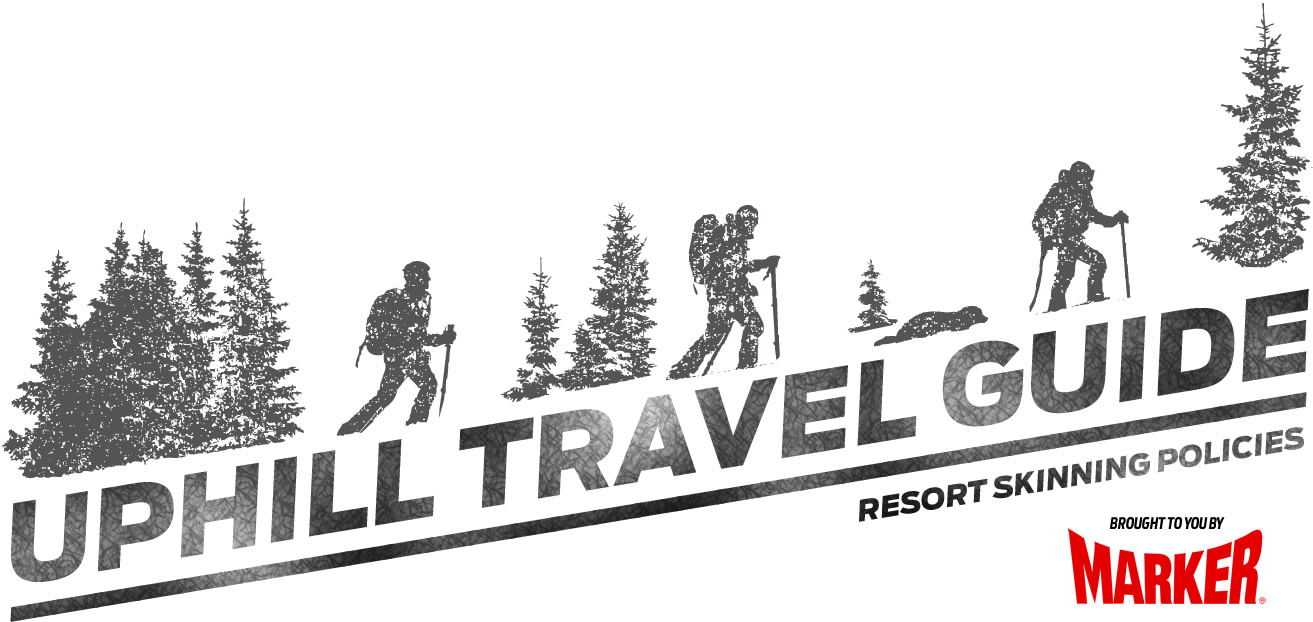
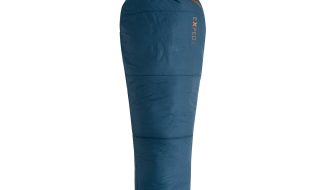
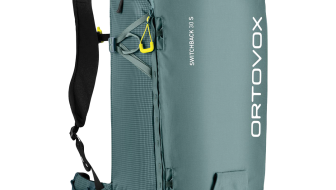
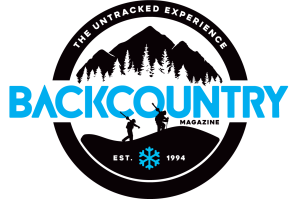
Related posts: